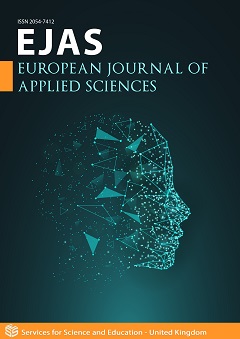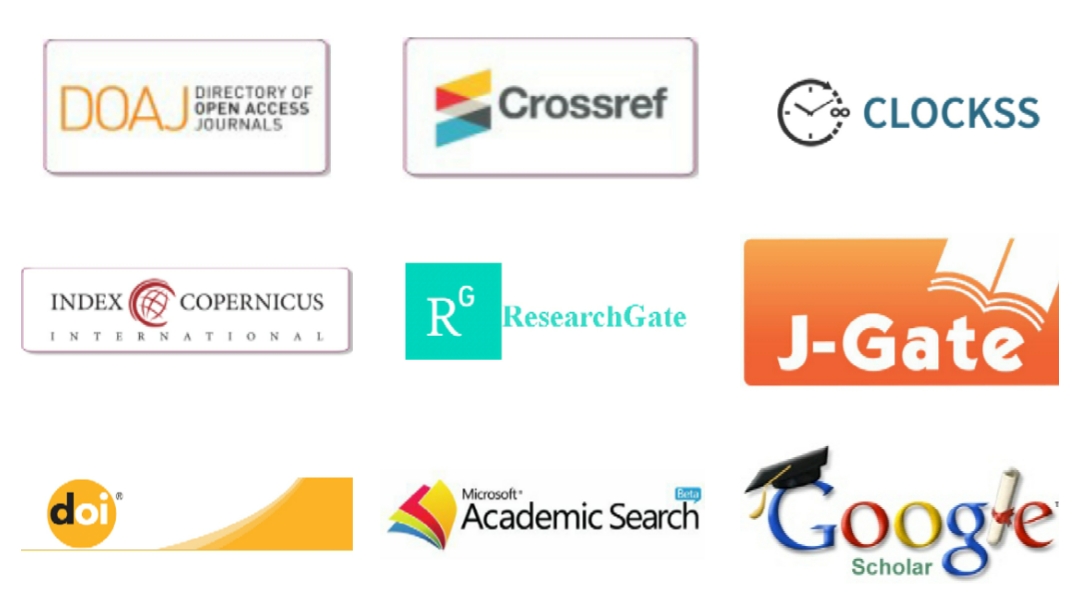Alabdulgader Heart Based Resonant Field Theory of Consciousness: A Scientific Exploration of Resonance, human Intention and Revelation
DOI:
https://doi.org/10.14738/aivp.1302.18585Keywords:
Heart-Based Resonant Field Theory (HBRF Theory), Heart Rate Variability (HRV), Consciousness and Divine Communication, Neurocardiology, Cosmic Resonance, Non-local Consciousness, Spirituality and ScienceAbstract
The Alabdulgader Heart-Based Resonant Field (HBRF) Theory of Consciousness redefines the boundaries between science and spirituality, offering a novel framework to explore the intricate connections between human consciousness, divine communication, and universal resonant fields. This theory posits that the human heart is more than a biological organ; it serves as a dynamic center of consciousness with the ability to sense, process, and resonate with external energetic fields, including cosmic and planetary frequencies. Recent research in neurocardiology reveals that the heart can detect sensory stimuli before the brain, impacting emotional regulation and decision-making. Additionally, the synchronization of heart rhythms across socially connected yet geographically diverse individuals suggests a collective, non-local field of interconnected consciousness. The HBRF theory proposes that during moments of intense emotional states—such as the supplication of the oppressed—the heart achieves greater coherence, potentially facilitating a deeper connection to a universal field of information and divine communication. By integrating empirical evidence with spiritual insights, this theory provides a scientific perspective on the potency of heartfelt supplication, offering a mechanism through which emotional and physiological states may influence divine response. This interdisciplinary approach broadens the understanding of human consciousness, opening new avenues for research in neuroscience, psychology, theology, and beyond.
Downloads
Published
How to Cite
Issue
Section
License
Copyright (c) 2025 Abdullah Alabdulgader

This work is licensed under a Creative Commons Attribution 4.0 International License.






